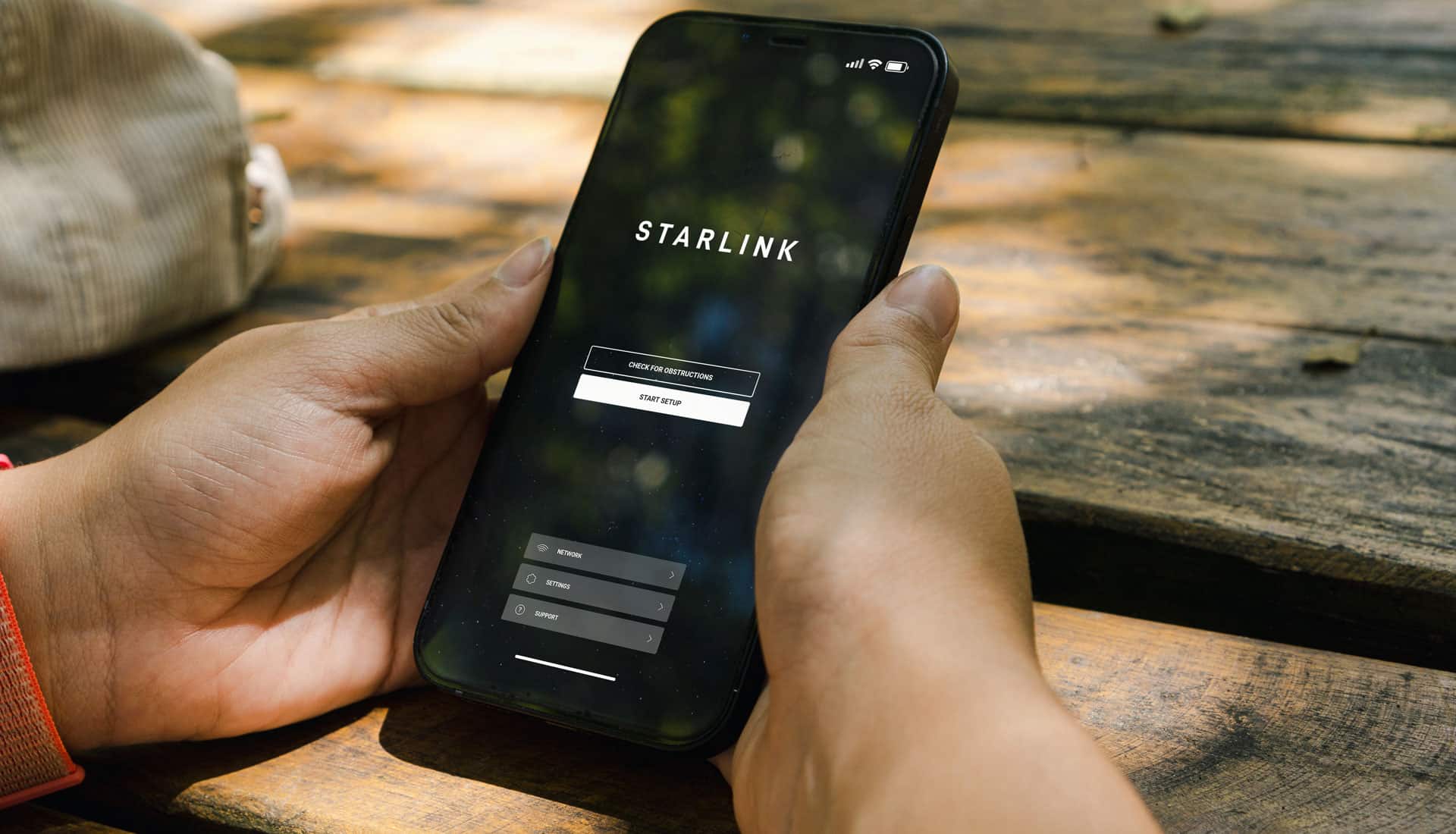Starlink has emerged as one of the most transformative forces in global communications — and South Africa stands at the edge of a defining moment. The satellite-based network, developed by SpaceX, is rewriting the rules of broadband access and reshaping the balance between innovation and regulation. For Evercomm’s audience, this story isn’t about a single company; it’s about a seismic shift in how the world connects.
Traditional broadband infrastructure — fibre networks, cellular towers, and microwave links — is costly to deploy and often limited to metropolitan regions. Starlink, powered by a growing constellation of low-Earth-orbit satellites, bypasses those barriers by delivering high-speed internet directly to end users. It has already gained momentum in Namibia, Zambia, and Botswana, lighting up communities where fibre rollouts would take years.
In South Africa, however, progress has stalled. The Independent Communications Authority of South Africa (ICASA) maintains that any internet provider must meet a 30 percent local-ownership requirement — a model incompatible with Starlink’s international structure. This deadlock has ignited a fierce conversation: should regulation defend legacy frameworks, or should it evolve to welcome technologies that can close the digital divide?
Starlink’s disruption isn’t just about technology — it’s a mirror reflecting how ready South Africa is to adapt to global change. The three challenges it exposes — policy rigidity, infrastructure readiness, and collaboration — demand more than reaction; they require leadership. If South Africa can modernise its frameworks and embrace hybrid innovation, it won’t just keep pace — it could lead Africa’s next connectivity revolution.
In the end, Starlink isn’t the threat. It’s the spark that reminds us that progress waits for no one — and South Africa’s digital future must rise to meet it.
